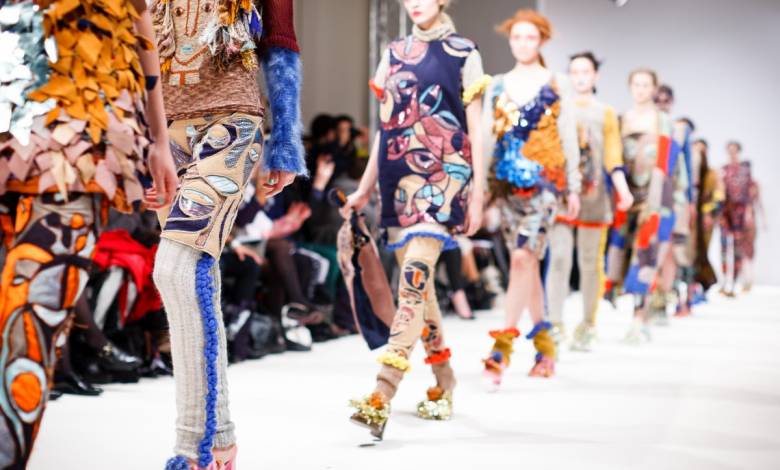Blog
Striding Towards Change: Embracing Sustainability and Diversity on the Catwalk
In recent years, the fashion industry has undergone a significant transformation, pivoting towards sustainability and diversity as core values on the catwalk. This shift marks a departure from traditional practices, signaling a commitment to social and environmental responsibility.
Sustainability has emerged as a focal point for fashion designers and brands, driven by increasing awareness of the industry’s environmental impact. From sourcing materials ethically to implementing eco-friendly production processes, fashion houses are reimagining their approach to design and manufacturing. Recycling, upcycling, and utilizing sustainable fabrics have become integral to creating collections that minimize harm to the planet.
Moreover, the fashion world is embracing diversity like never before. Models of various ethnicities, body shapes, sizes, and abilities are gracing the catwalk, challenging conventional beauty standards and promoting inclusivity. This push for diversity not only reflects the rich tapestry of human experiences but also resonates with consumers who seek representation and authenticity in the brands they support.
However, while progress has been made, there is still much work to be done. Sustainable and inclusive practices must be more than just trends; they need to be embedded into the DNA of the fashion industry. This requires continued collaboration among designers, manufacturers, consumers, and policymakers to enact meaningful change.
Ultimately, the fusion of sustainability and diversity on the catwalk represents a paradigm shift in the fashion world—one that prioritizes people and the planet alongside profit. By embracing these values, the industry has the opportunity to not only shape trends but also to lead the way towards a more equitable and sustainable future.
 Skip to content
Skip to content

